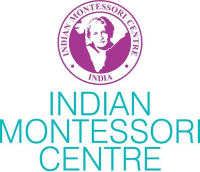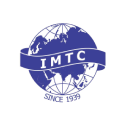Reflections!
Sensitive Periods
Srividhya Venugopalan
Sensitive Periods are the special periods in a child’s development, which are limited in duration when the child’s interest in specific aspects of his environment is intense. Dr. Maria Montessori described the Sensitive Periods as the ‘flames that burn without consuming.’ A child’s psychic (mental) growth happens during these periods. When a child is in the Sensitive Period for something, he focuses his entire energy on that aspect of his environment that the other aspects become oblivious to him. Between 0-6 years, Dr. Montessori observed -Sensitivity to Language, Movement, Small Objects, Order, Refinement of Senses, and Social Behaviour
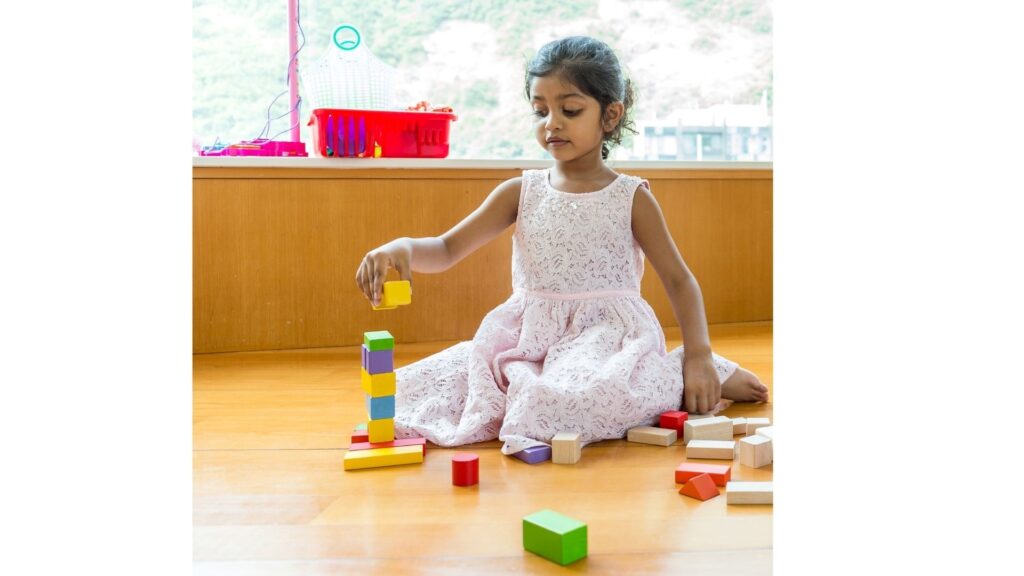
Dr Montessori believed that young children love order and rhythm. I have experienced this with my child, who around the age of 2 years, would get upset whenever I leave the cupboard doors open in the kitchen. A small change in the order would upset little children.
Sensitive period for language starts from birth and lasts until a child is 6 years. Every child is born with an inherent ability to absorb language in their environment. I have seen a child who, around 1.5 years of age, would speak to his mother in Marathi and translate it to his father in Tamil.
One of the unique features of the Montessori method is the awakening of intelligence through refinement of senses. Children are more sensitive and receptive to the knowledge gathered by the senses when they are very young. Hence, the Sensorial materials used in the Montessori environment helps the children to refine their senses and feed their intelligence.
I noticed a child (around 2.5 years old) in my House of Children following ants in the garden. The child’s eyes sparkled with joy seeing the little creatures. This is an example of the sensitive period for small objects. Being aware of the sensitive periods helps the caregivers and the educators to help the children better in their learning journey.
Montessori At Home!
By Aishwarya Dwarakanath
Activity 1: Learning about Flags

Children show a keen interest in learning the names of countries, cities, and their flags between 3-6 years. You can introduce the names of flags using, flashcards or by making the flags using paper or cloth. Help your child paint the flags and hang them onto a rope or glue them to the end of a stick. When you are talking about family members in a different country or discussing events happening around the world, point out to the place on the globe and the flag of said country.
Activity 2: Sink and Float

Grab a bowl, a pair of tongs and tiny objects around the house- plastic clip, marble, piece of foam, tiny toy, a pebble, etc. Have a sheet divided into two columns- Sink and Float. Drop the object in the bowl of water and use the tongs to sort it under the right column. Encourage exploration with things that you don’t mind getting wet.
Glossary of Montessori Terms
By Shakina
Analysis of Movement
It is the process of breaking down a complex action into parts when presenting an activity to a child. The adult breaks down the process into parts and shows one step at a time, executing each movement slowly and precisely. The action becomes a sequence of simple movements providing the child with a greater chance of success. The greater emphasis on movement acts as a point of interest to the child.
Classification
The process of allocating or categorizing the common characteristics of any subject matter in order to sort it into groups. Classification is an innate characteristic of the child and it is essential for the construction of the intellect. There are many opportunities in a Montessori environment for classification.
What's New on the Blog
Is Montessori still modern?

Library corner!
By Nivedita
Book 1: We Are All Born Free
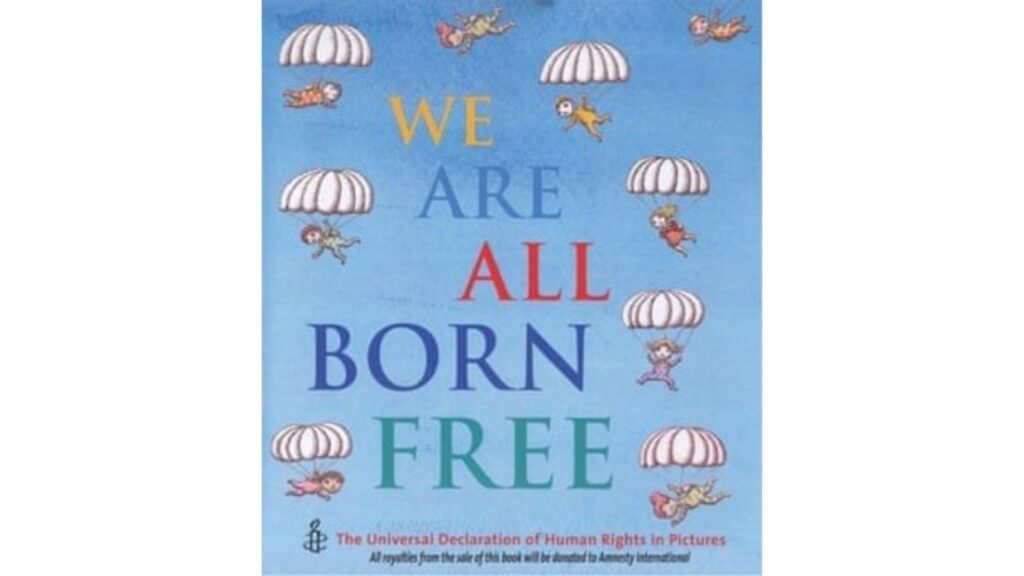
On 10th December 1948, just after the second world war, countries got together to compile a set of thirty rules to protect the rights of people from all over the world. These rules have been made accessible to children in simple language with thought provoking illustrations by world renowned artists in this book, ‘We Are All Born Free’ brought out by Amnesty International. Each rule invites the reader to engage with the idea that rights go hand in hand with responsibilities.
“ We all have the right to make up our own minds, to think what we like, to say what we think and to share our ideas with other people”
We learn that all of us, young and old, have to actively participate in bringing about a world in which we can live according to our rights.
Book 2: Mindfulness with Moksha
by Pradip Krishen
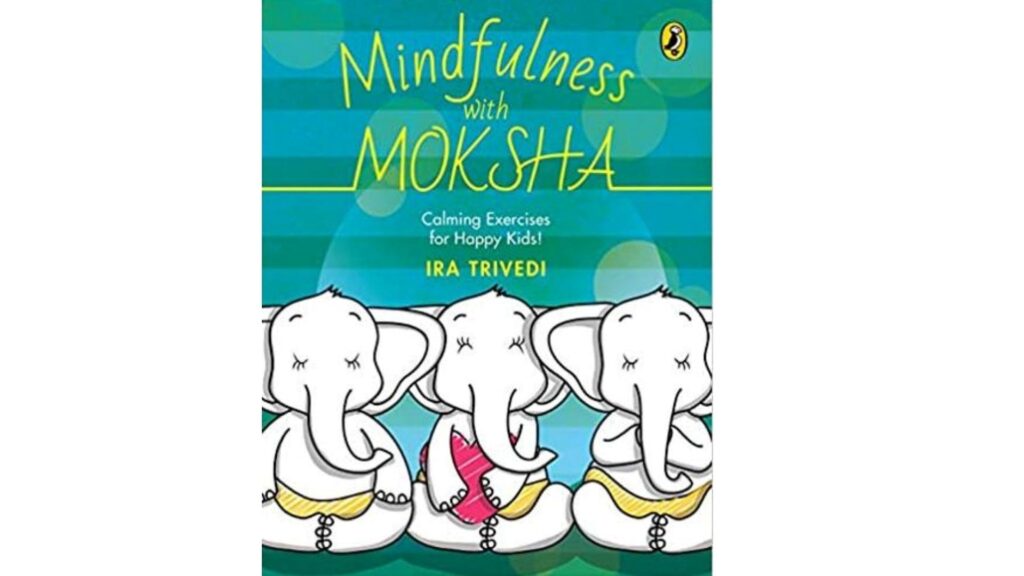
Ira Trivedi, Yoga acharya and founder of the Namami Yoga Foundation tells us that, “mindfulness is being fully engaged in what you are doing” This practical book, written by Ira and cheerfully illustrated by Kanika Anand and Mansi Shah, goes on to give precise instructions on how mindfulness can be achieved in walking, eating and even playing. Each exercise is introduced with an estimation of the time required and a note to the adult, followed by step by step instructions. Besides the physical exercises, there is also an introduction to pranayama and a section on dealing with emotions, making this book a wonderful introduction to a calm and peaceful life!
Art for the Heart!
By Subhashini
Abstract Geometric art through instructions/commands:
- Plain sheet of paper 10x10cm
- Color pencils
- Scale
- Set of instruction cards for the child to read and draw
These instructions could be precise and sequential, or they could be a set of geometric patterns that look very different when put together.
Sample instructions
- Draw a straight line connecting two opposite corners of the paper. This is the diagonal.
- Draw an oblique line connecting from the diagonal to one side of the paper
- Draw a curved line from the point where the oblique line touches the side, to the nearest corner.
- Fill up the empty spaces with lines parallel to the nearest boundaries.

Journey of a House of Children
Bharathi Devasani, Jayashree C S
Anweshana Montessori House of Children
It was in the year 1990 that my search for the right school for my son took me to Sishugriha Montessori and High School where education was not confined to blackboards, textbooks and rote learning. Thus began my passion to learn more about the method. After completing my course, I started Anweshana in 1993 in a small rented house with twelve children. We put all our efforts, including going from house to house, into familiarizing parents with the Montessori method as it was not well known in those times.
A year later we moved into our own campus in Banaswadi. As the school grew, we added new environments. Now the need to start an elementary environment was seen, since we wanted the children to continue with the Montessori method of learning as long as possible. After completing my elementary course, we started the first elementary environment in 1997. Bit by bit we bought the surrounding sites until we had a small green space with three preprimary environments on the ground floor and the elementary environment on the first floor.
We now have a larger space in Hennur, and have transformed it into a green campus over a period of time. We have four preprimary, three lower elementary, two upper elementary environments and an adolescent block (classes seven to ten).
A visitor to our campus today would see children belonging to all age groups, starting from the very young children coming in with their parents, to elementary children racing around the campus to adolescents rescuing local wildlife.

- We are glad to share that another contact program with 8 sessions on Neurodiversity will commence on December 11th, 2022 which will be organized by the Vietnam Montessori Centre. We will be exploring how to structure the help we offer to children based on their diverse needs, in our endeavor to include children with different abilities in the classrooms, especially in the Montessori environment. -Ms. Latha Rao
- As part of the monthly webinar series from IMTC-Elementary-Chennai, a talk was given by Ms. Bora Sailakshmi on Special Education and Montessori on 10th December, 2022 . It was time well spent on a Saturday afternoon by participants from other states as well. The speaker is a special educator consulting children in several schools and is pursuing PhD in special education. Various scenarios often observed with children were discussed using case study. Difficulties in learning and behavioral issues were discussed. The session was concluded with Ms. Bora Sailakshmi’s words that everybody is born with unique abilities and we need to follow the child. – Ms. Kavitha Gunasekharan
- IMC TamilNadu’s Reading Circle started on the last week of November with participants from all over the globe reading and discussing the first chapter of ‘The Child in the Family’ on a Saturday morning. We look forward to more such discussions every month.
~*~*~*~*~
Thank you for subscribing to Indian Montessori Centre’s newsletter! We hope to keep you updated with news from
- the different training centers- (Bengaluru, Chennai, Gurgaon, Vietnam),
- HOCs (House of Children),
- IMC Members (click to be a member)
- and IMTC Alumni!
We hope you liked this month’s activities, book reviews, and Reflections corner.
If you are a Montessori guide, school, trainer, or parent, you can also contribute to this newsletter and communicate your ideas to others!
Just write to us via email: newsletter@indianmontessoricentre.org
To learn more about the Indian Montessori Centre, visit our website. www.indianmontessoricentre.org
Follow us on Facebook and Instagram.
Looking forward to hearing from you as well!
With regards
IMC Newsletter editorial team


